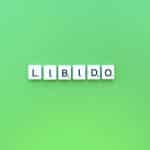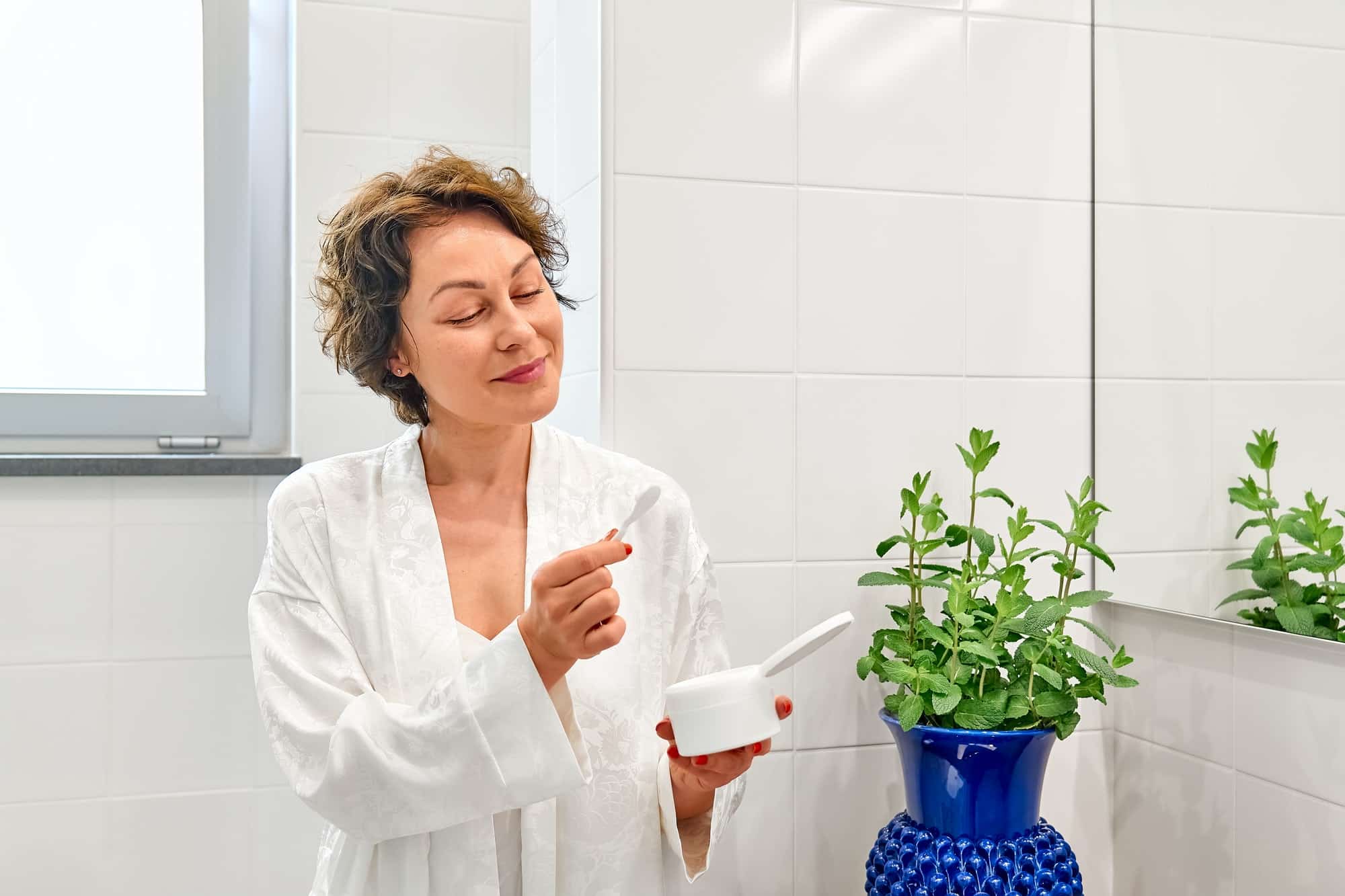Cats, like any other pet, require adequate hydration to maintain their health. However, when dealing with felines diagnosed with lower urinary tract disease, maintaining an adequate water intake becomes a crucial part of their health regimen. For such cats, drinking sufficient water can help dilute the urine, reducing the concentration of crystals that may contribute to urinary problems. The challenge, however, lies in getting these notoriously finicky drinkers to consume more water. This article aims to provide practical advice on encouraging your cat to drink more water, specifically looking at strategies that can be helpful for cats with urinary issues.
Understanding the Importance of Water to a Cat’s Health
Before delving into the techniques on how to make your cat drink more water, it’s worth understanding the importance of hydration for your pet’s overall health. Water is a vital component of a cat’s physiology, aiding in digestion, nutrient absorption, waste excretion, and temperature regulation. Moreover, water consumption has a direct impact on a cat’s urinary health.
A lire en complément : What’s the Best Approach to Treat a Budgie with Psittacosis in a Multi-Bird Household?
Dehydration in cats can lead to a myriad of health issues, including urinary tract problems. Cats with lower urinary tract disease tend to have concentrated urine, a condition that can be mitigated by increasing their water intake. Drinking more water will dilute the urine, reducing the likelihood of crystal formation and bladder inflammation.
Optimal Water Intake for Cats with Urinary Health Challenges
So, what constitutes optimal water intake for your cat? The answer to this question isn’t straightforward, as it can depend on a variety of factors, including the cat’s size, age, diet, and health status. However, a general guideline is that cats should consume approximately 3.5 to 4.5 ounces of water per 5 pounds of body weight daily.
A lire également : How to Develop a Training Program for a Deaf Dalmatian Using Sign Language?
For cats with urinary health issues, aim for the higher end of this range. If you’re struggling to get your cat to this level, don’t despair. There are several strategies that can help your feline friend consume more water.
Encouraging a Cat to Drink More Water
Getting a cat to drink more water isn’t always an easy task. Cats can be finicky about their water source and may refuse to drink from a water bowl if it doesn’t meet their standards. However, by experimenting with different methods, you can discover what your cat prefers and help boost their water intake.
One option is to provide multiple water sources. Cats are curious creatures and may be more likely to drink if they have access to multiple water dishes. Place water bowls in various locations around your home to encourage your pet to drink more.
Another effective method is to use a cat water fountain. Some cats prefer to drink moving water, and a cat fountain can be an enticing way for your pet to get their daily water intake. A fountain can also help keep the water fresh, as it circulates the water continuously.
Lastly, consider the type of water bowl you’re using. Some cats prefer to drink from a wide, shallow dish to avoid touching their whiskers against the sides. Experiment with different styles to see what your cat prefers.
Incorporating More Water into Your Cat’s Diet
Apart from tweaking your cat’s drinking habits, you can also incorporate more water directly into their diet. If your cat is primarily on a dry food diet, consider introducing canned food into their meal plan. Wet food contains a high water content, which can help increase your cat’s overall hydration levels.
You can also try adding a splash of water to your cat’s dry food. While some cats may turn their noses up at this, others may not mind the extra moisture. It’s worth a try to see if your cat will accept this change.
Remember, the goal is to get your cat to consume more water and help alleviate their urinary health problems. Incremental changes can make a significant difference, and your perseverance can lead to improved health outcomes for your pet in the long run.
Tips to Increase Your Cat’s Water Consumption
Increasing your cat’s water consumption can sometimes feel like a Herculean task. However, by understanding your cat’s behavior and preferences, you can find effective strategies to motivate them to drink more water.
Flavoring the water can often encourage cats to drink more. Many cats are attracted to the flavor of fish, so adding a splash of tuna juice can make the water more appealing. Make sure to use tuna packed in water and not in oil. Another option is to use specific cat water additives available in pet stores, which can enhance the taste of water, making it more enticing to your feline friend.
Using interactive toys that dispense water can also help increase your cat’s water intake. These toys can encourage drinking by making water consumption an exciting and engaging activity.
Ice cubes can be another exciting way to encourage your cat to drink more water. Some cats are fascinated by the movement and texture of ice cubes. Adding a few to their water bowl can pique their interest and encourage them to drink more.
Lastly, monitor your cat’s water intake regularly. You can use a measuring cup to determine the amount of water your cat consumes each day. If your cat’s water consumption decreases suddenly, this could be a sign of a health issue, and you should consult your vet immediately.
The Role of Cat Food in Encouraging Water Intake
The type of food you provide your cat plays a significant role in their hydration levels. Both wet and dry food have their advantages and disadvantages, and understanding these can help you make informed decisions about your cat’s diet.
Wet food is a good source of hydration as it contains about 70-80% water. Feeding your cat wet food can significantly increase their water intake, especially if they are reluctant to drink from a water bowl. However, wet food can spoil easily and may be more expensive than dry food.
On the other hand, dry food contains only about 10% water. While it is more convenient and less expensive, it could lead to decreased water intake, especially in cats that do not drink enough water. To counter this, you can add a little water to the dry food to increase its moisture content.
A balanced diet that includes both wet and dry food can provide your cat with a good mix of nutrients and moisture. However, it’s crucial to consult your vet before making any significant changes to your cat’s diet.
Conclusion
Encouraging a cat, especially one with urinary tract issues, to drink more water is an essential part of maintaining their health. While it can be challenging, understanding your cat’s habits and preferences can guide you in finding effective strategies to increase their water intake. From using a cat water fountain to incorporating wet food into their diet, each method can contribute to your cat’s overall hydration levels. Just remember, consistency and patience are key. Over time, these efforts can lead to improved urinary health and a happier, healthier feline friend.











